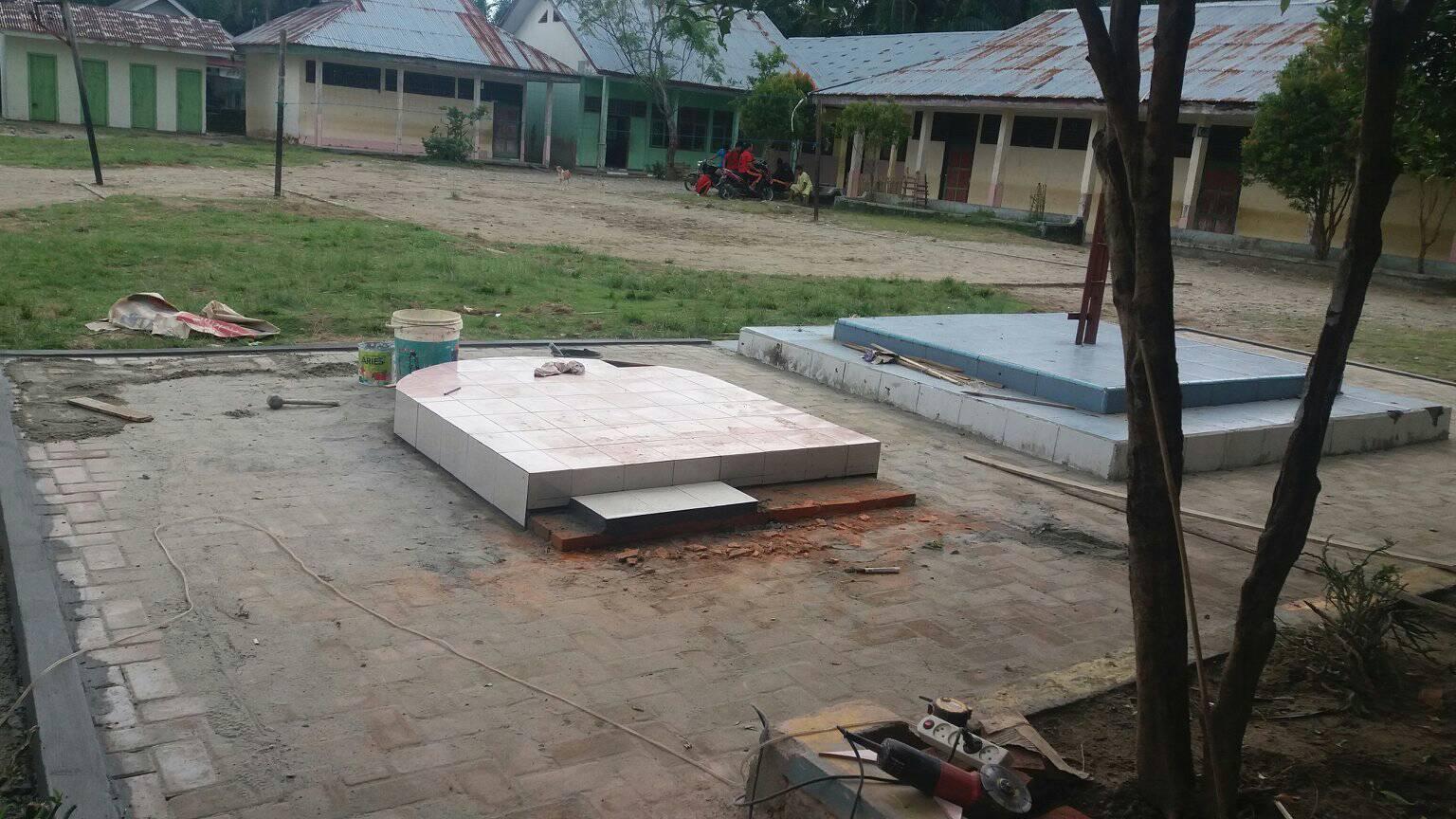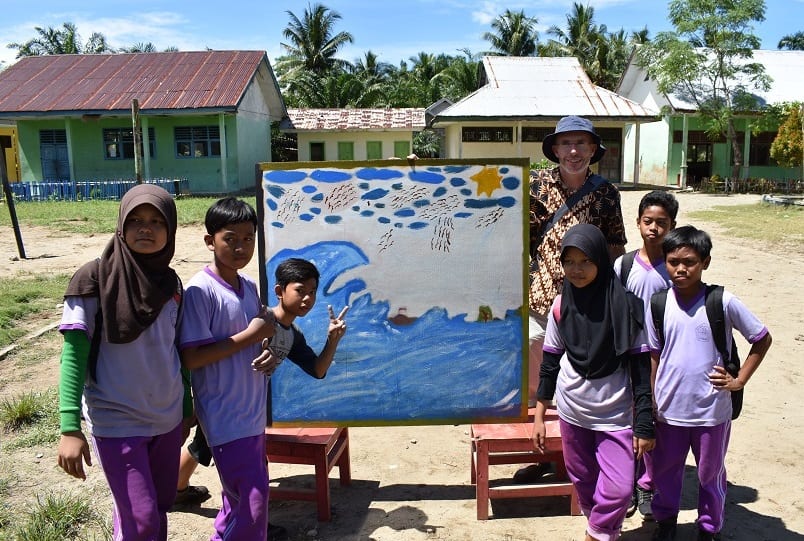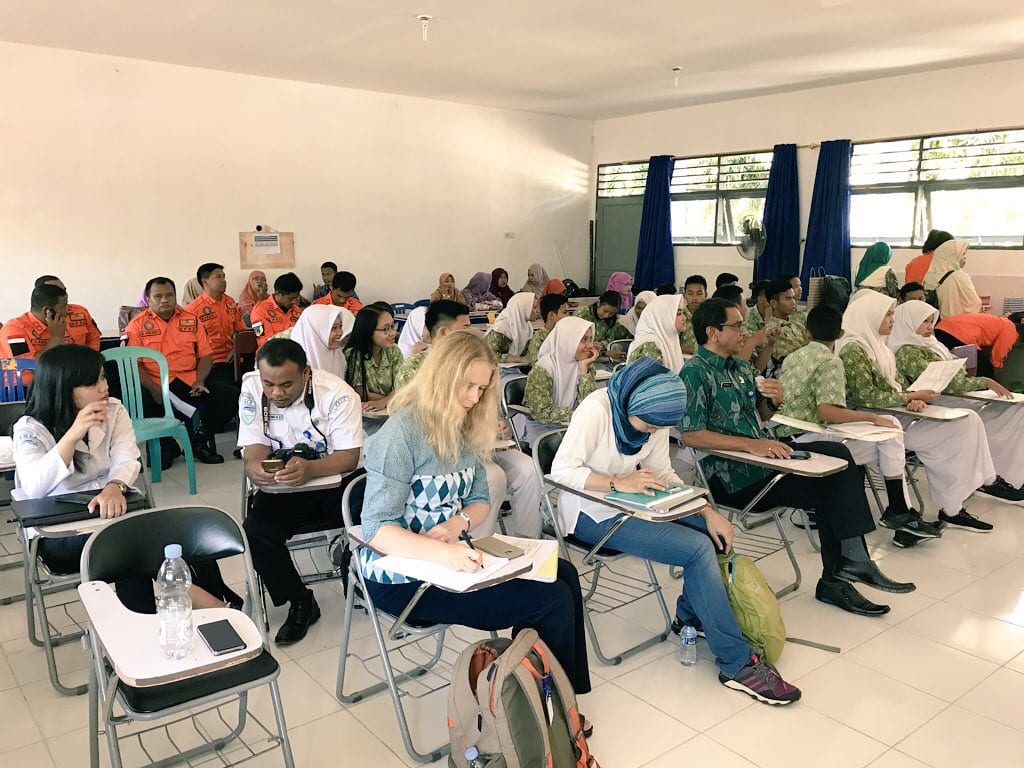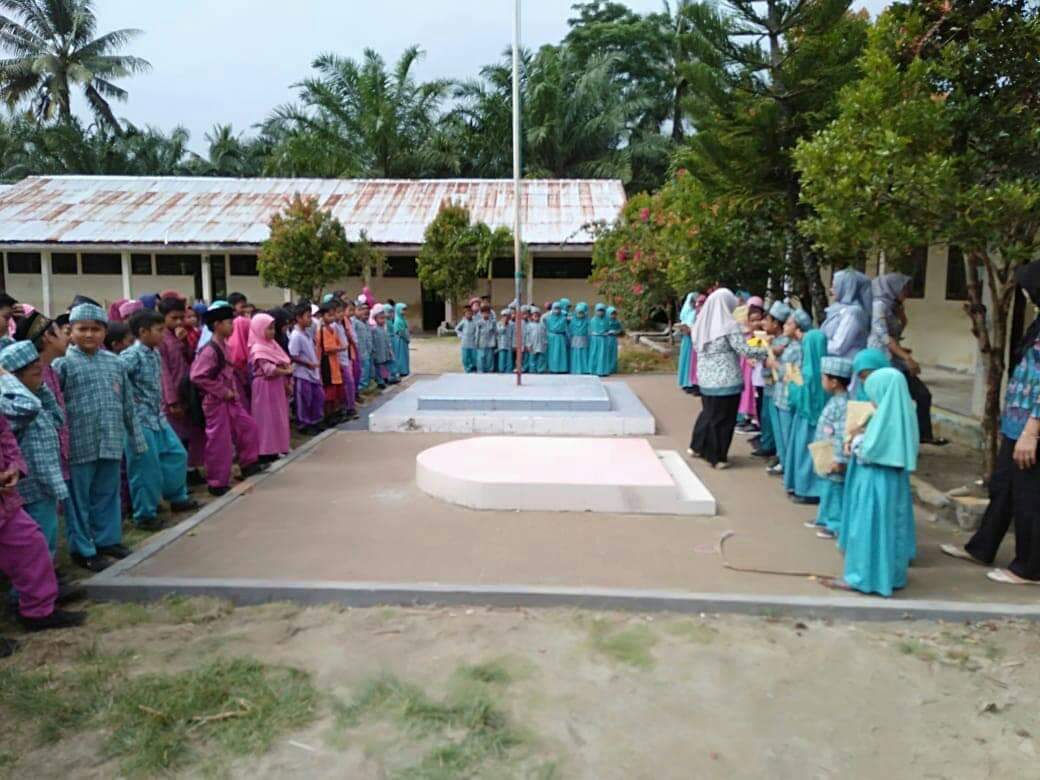 |
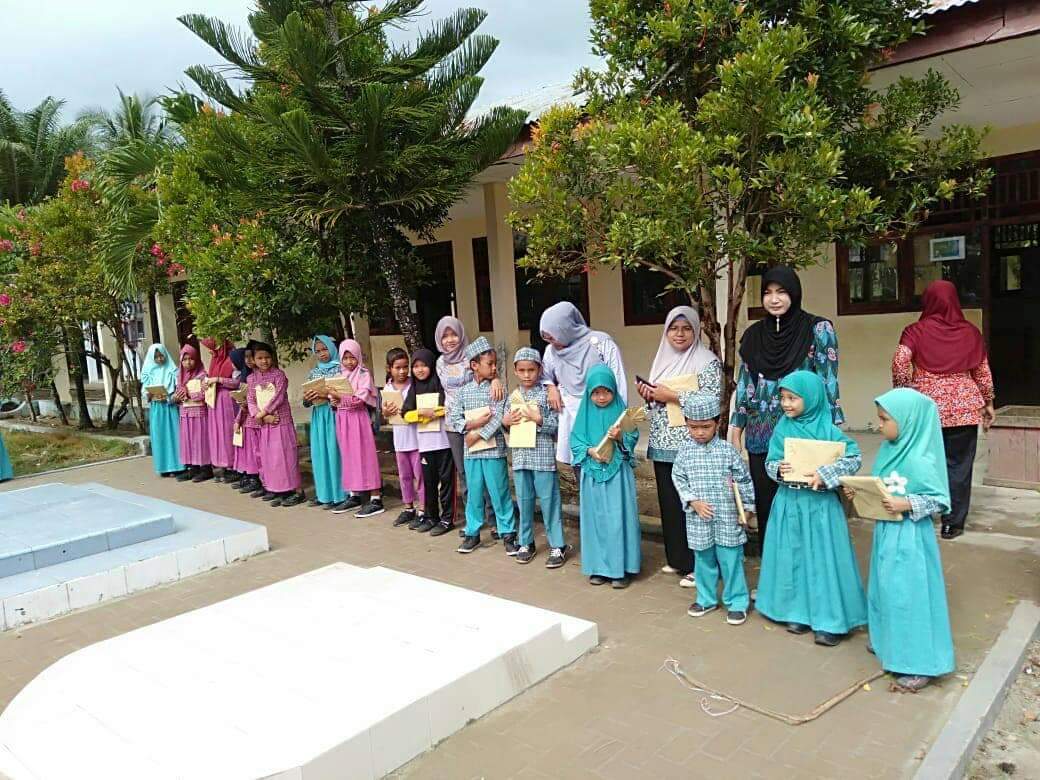 |
Category Archives: Community Projects
Update! From Balclutha, with love: Rotary and StIRRRD help Rawa Indah School
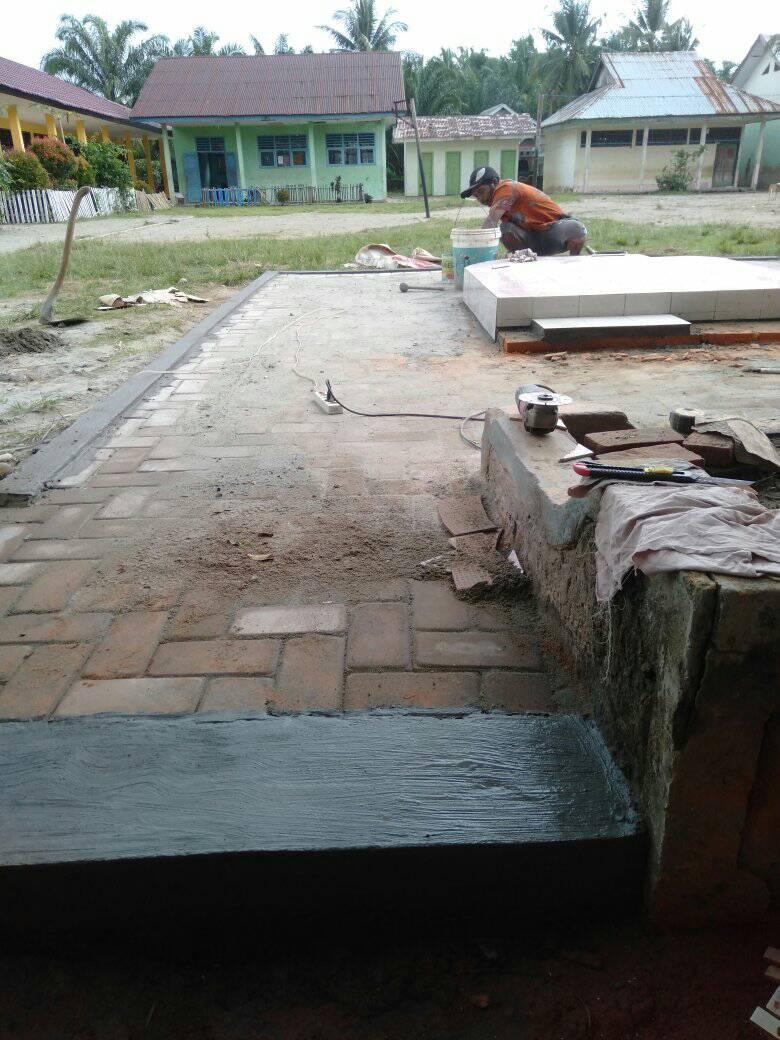
From Balclutha, with love: Rotary and StIRRRD help Rawa Indah school
Written by Michael Goldsmith & Jessica Williams
Sometimes our work for StIRRRD throws up unexpected opportunities to support the communities we work with – not just in our normal resilience projects, either. The story of Rawa Indah school shows what can happen when scientists and communities work together – with a little fundraising help from our friends.
During our three visits to Rawa Indah in Seluma this year, the StIRRRD team noticed the local school needed more than a bit of help. (You can read more about our visits to the village here (http://stirrrd.wg.ugm.ac.id/2018/03/05/initiating-tsunami-awareness-community-engagement-rawa-indah-seluma/).
The buildings and grounds of Rawa Indah school were in urgent need of rehabilitation. Take the school yard, for example. The School Principal, Laurensius Pambudi, had previously told us this was a priority project for them, as it is the evacuation meeting point for the entire school in the event of an emergency. The yard is not currently suitable for this purpose, as it is dusty and pitted in the dry season, and becomes very muddy during the rainy season.
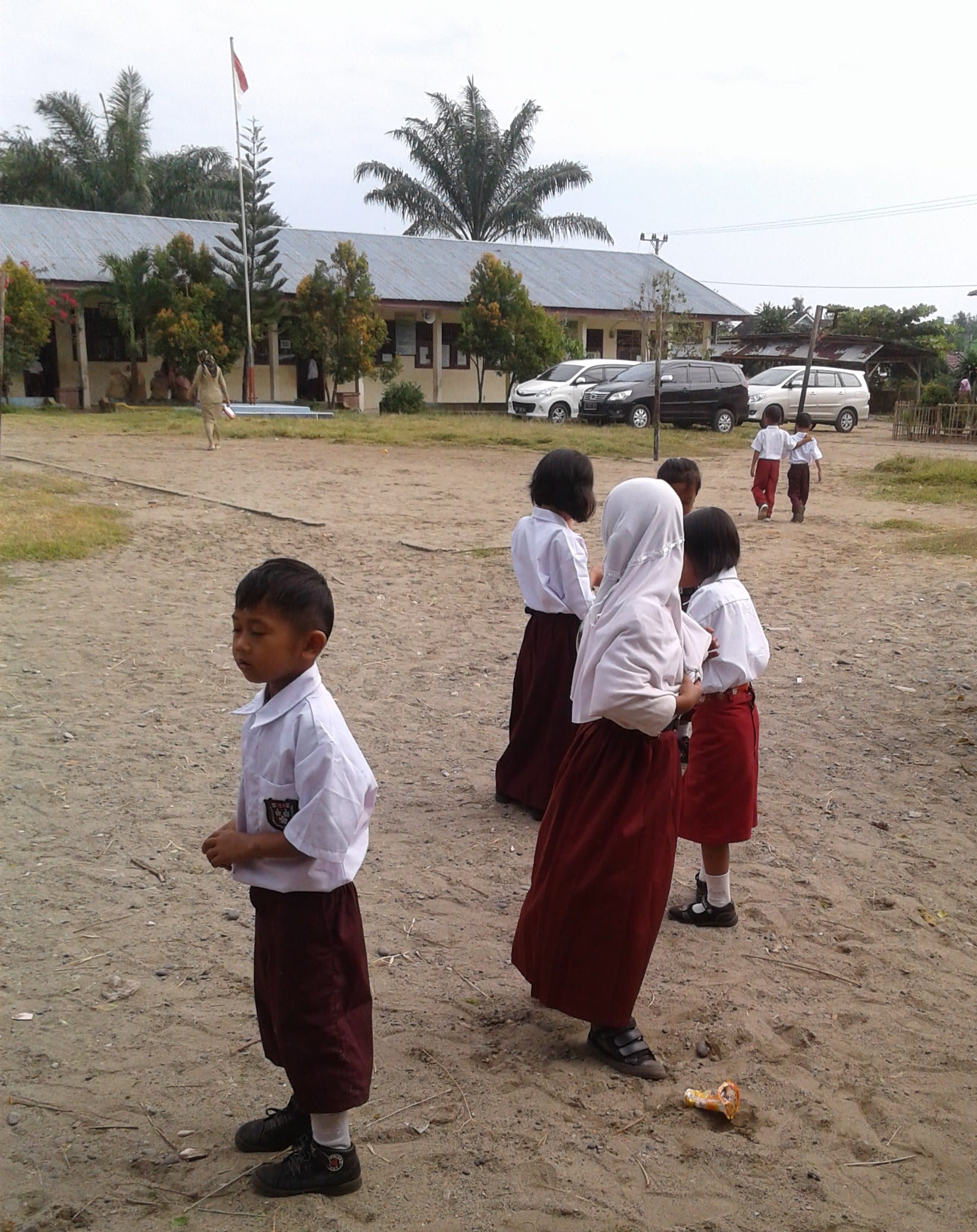

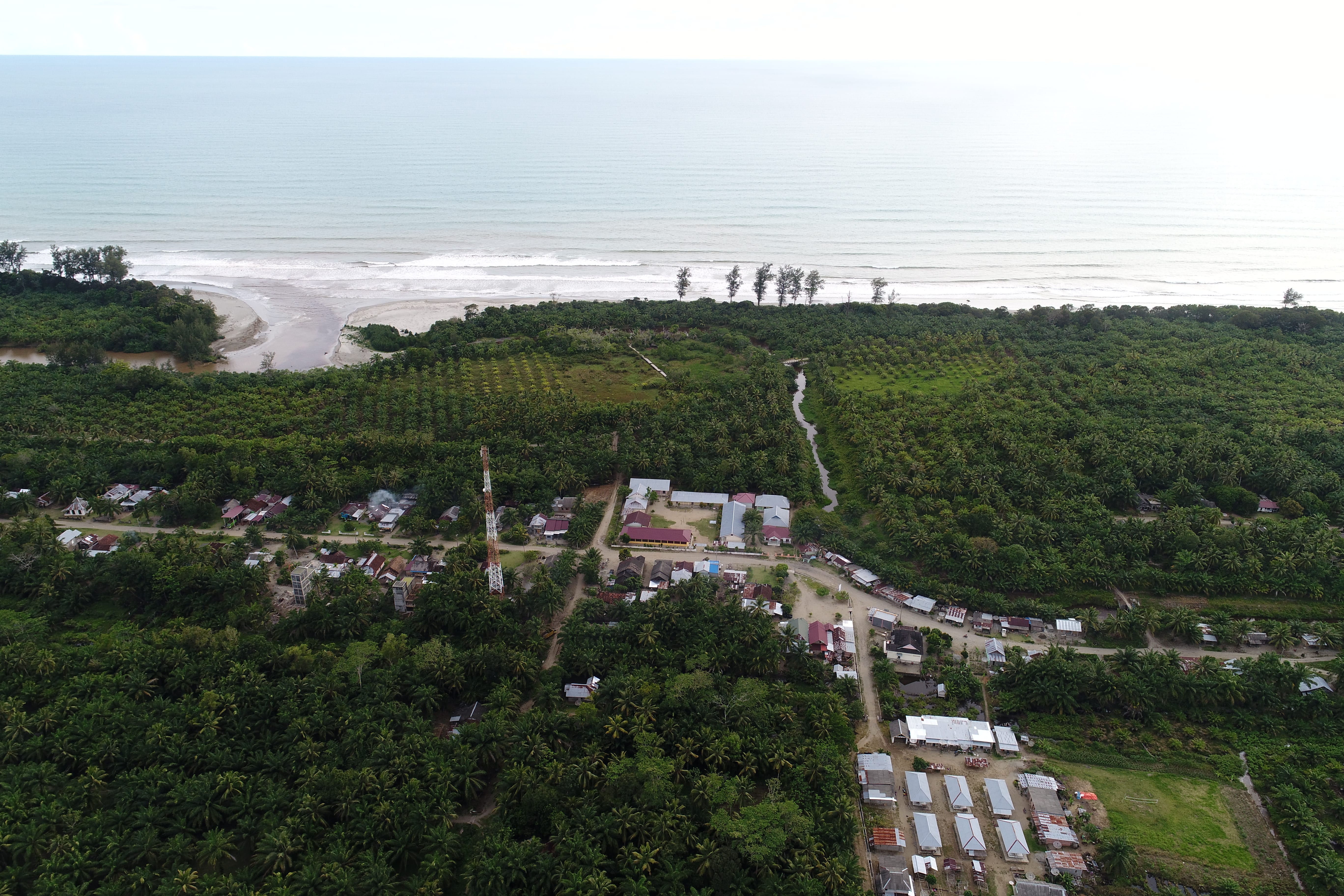
Back home in NZ, one of the StIRRRD team members was asked to present to Balclutha Rotary Club about StIRRRD, particularly about the DRR work being undertaken in Seluma. Following this presentation, Rotary offered to donate $500 to Rawa Indah School so they could pave the yard.
Balclutha Rotary supports both local and international projects, particularly in developing nations. In the past they’ve supplied emergency response kits and supported an expert dental and educational support group to work in Cambodia. Rotary member Gabrielle Schou said that the project fitted well with Rotary’s core values, and supporting projects aligned to Rotary’s six areas of focus (includes basic education and child health) is very important.
The StIRRRD team were more than happy to facilitate this donation, and we will continue to look for other opportunities which can help Rawa Indah become more resilient. We made some great friendships within the village through this project, and look forward to seeing their progress in coming years.
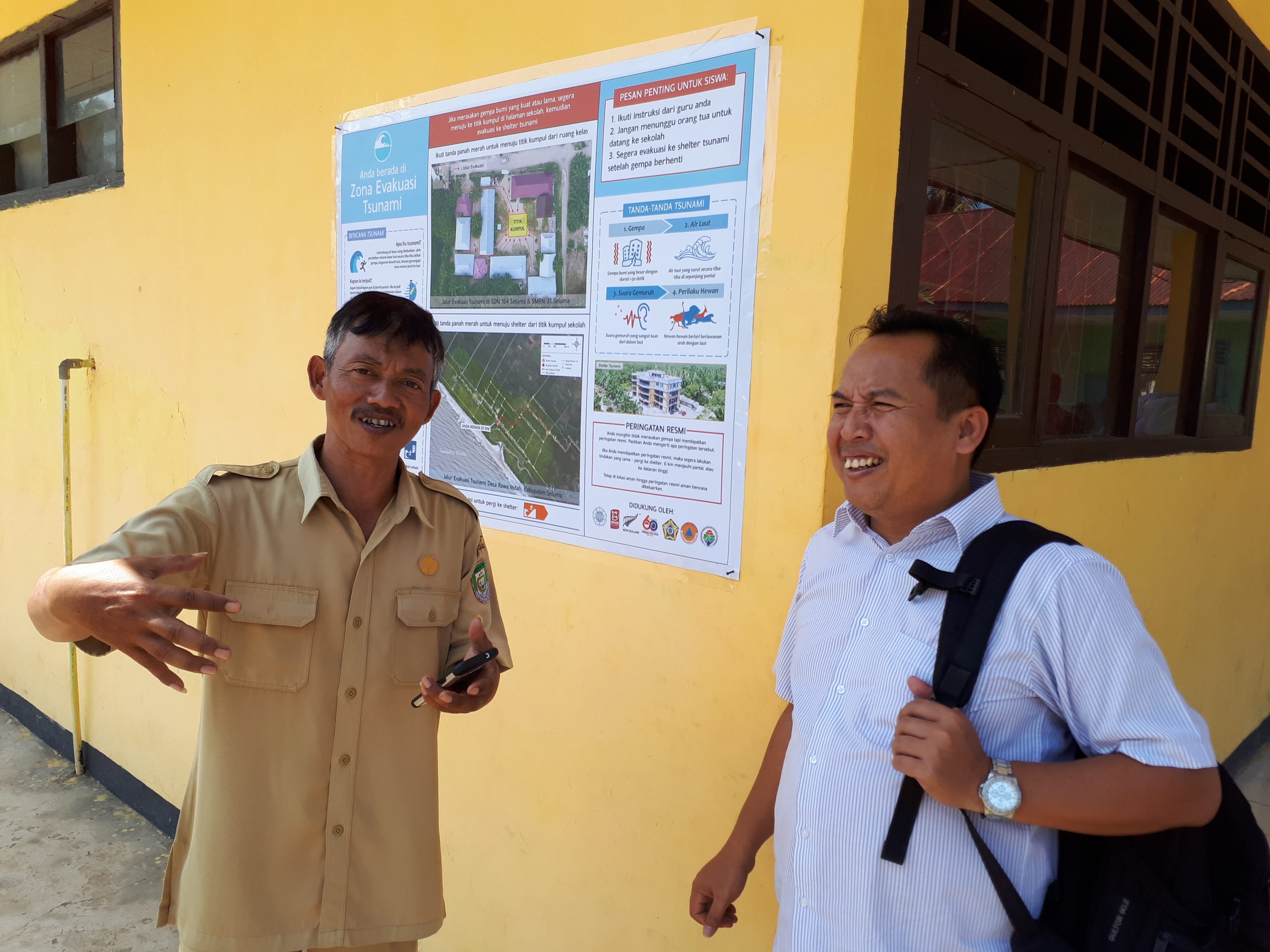
Developing a Tsunami Safe Community in Rawa Indah, Seluma
Following on from our visit in March 2018, the StIRRRD team visited Rawa Indah to engage with the community and stakeholders to further develop a draft Tsunami Safe Action Plan. The team spent 5 days in the village conducting and participating in various village activities, with the help of BPBD (Emergency Management Agency), Seluma and Bengkulu University. Specifically, we
Attended, on invitation, 2 women’s prayer groups and one men’s prayer group and discussed tsunami awareness and preparedness.
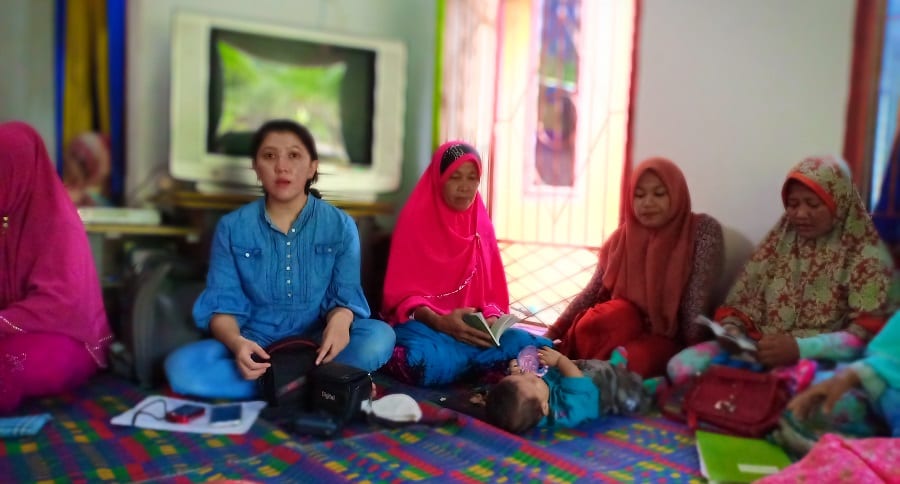
Engaged with the local community groups (POLMAS – Community Police, Tagana (Youth) BANSER and KSB) and sought their input into Actions to be taken, within 5 overlapping themes that had emerged from the initial visit, namely; 1) Shelter Management, 2) Evacuation Planning, 3) Local Access, 4) Resilient Infrastructure and 5) Prepared and Knowledgeable Community.
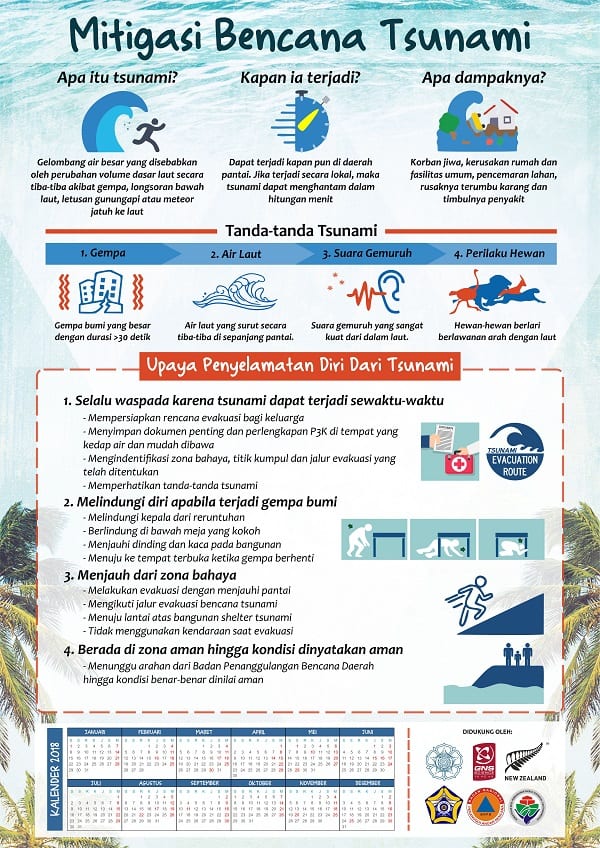 Distributed tsunami awareness and response posters/calendars developed by the team to each household and gifted maps and drone video footage flown on first visit, along with other tsunami preparedness literature and videos.
Distributed tsunami awareness and response posters/calendars developed by the team to each household and gifted maps and drone video footage flown on first visit, along with other tsunami preparedness literature and videos.
Attended Friday morning women’s aerobics at the tsunami shelter and were given an opportunity to talk about tsunami preparedness.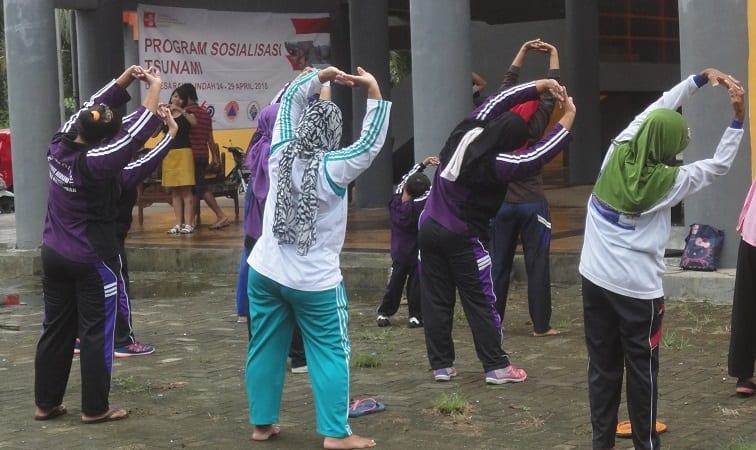
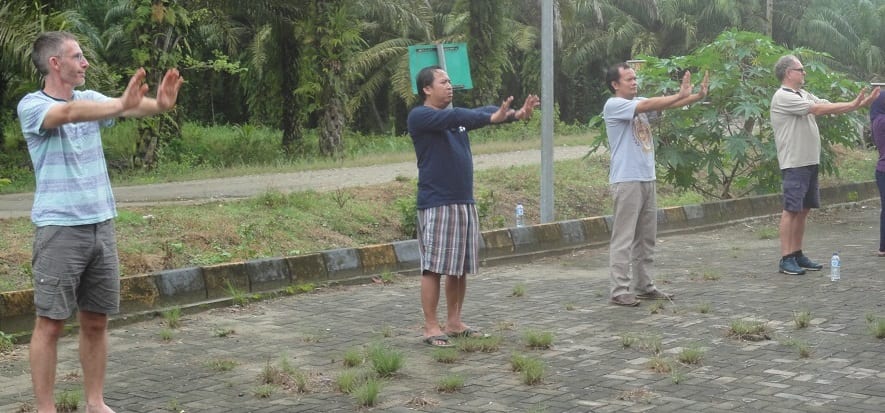
Held a meeting with District OPDs (Social, Public Works (PU), Bappeda (Planning), Education, Health, Marine and Fisheries) at the shelter to present the plan and convey the actions in the plan that were their responsibility. Implementing the plan requires a trusted partnership between the district agencies and the village.
 Participated in an evacuation simulation with children in years 4-6 from the local school and then spent some time at the shelter discussing tsunami and disaster preparedness.
Participated in an evacuation simulation with children in years 4-6 from the local school and then spent some time at the shelter discussing tsunami and disaster preparedness.
Facilitated a tsunami/disaster art competition for years 5 and 6 at the school, supplying plywood sheets, paint and some concepts. The artwork produced in a 3-hour session is spectacular, and the children stayed well after school was finished to complete their group projects. The intent is that these will be on display in the tsunami shelter.
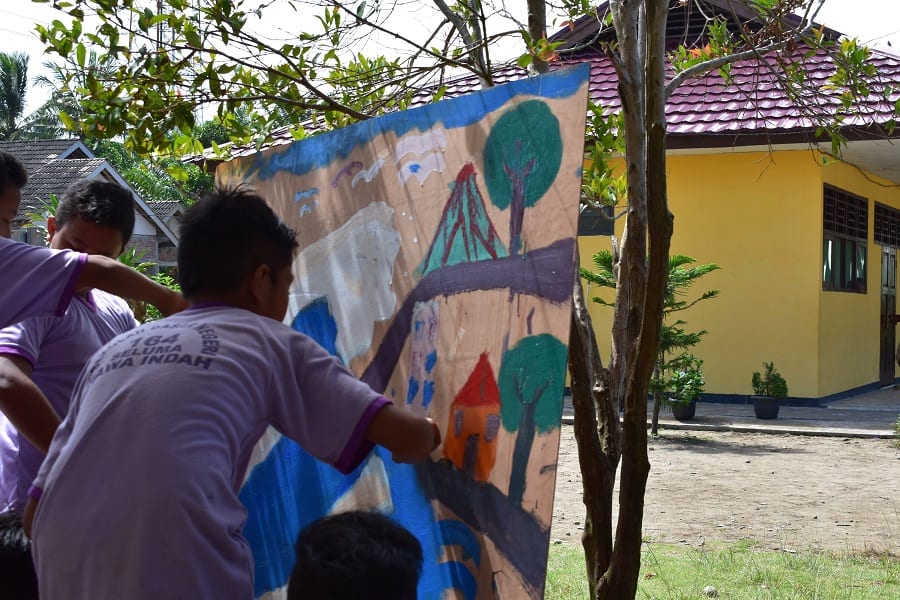
The activities culminated in a movie night at the shelter that about 500 people attended. Prior to the feature movies we showed some tsunami safe preparedness videos in Bahasa Indonesian developed by IOTIC/UNESCO, as well as the aerial video of Rawa Indah taken during the first visit. The school artwork created earlier in the day was on display. The mobile cinema was rented from the Ministry of Education, Seluma.
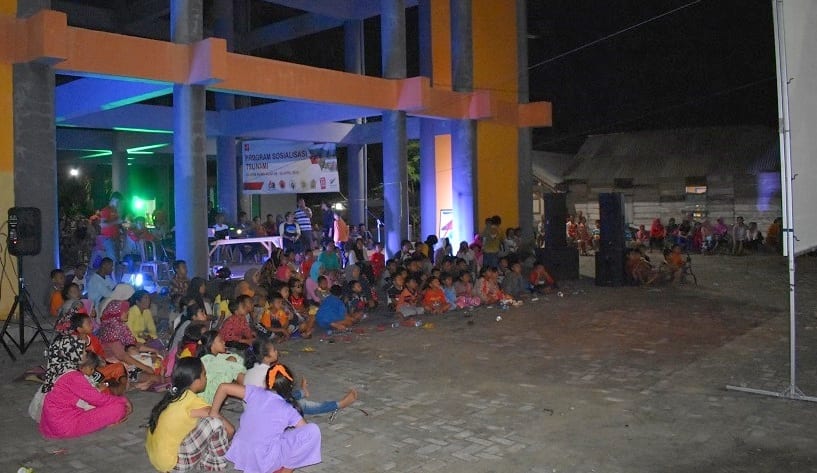
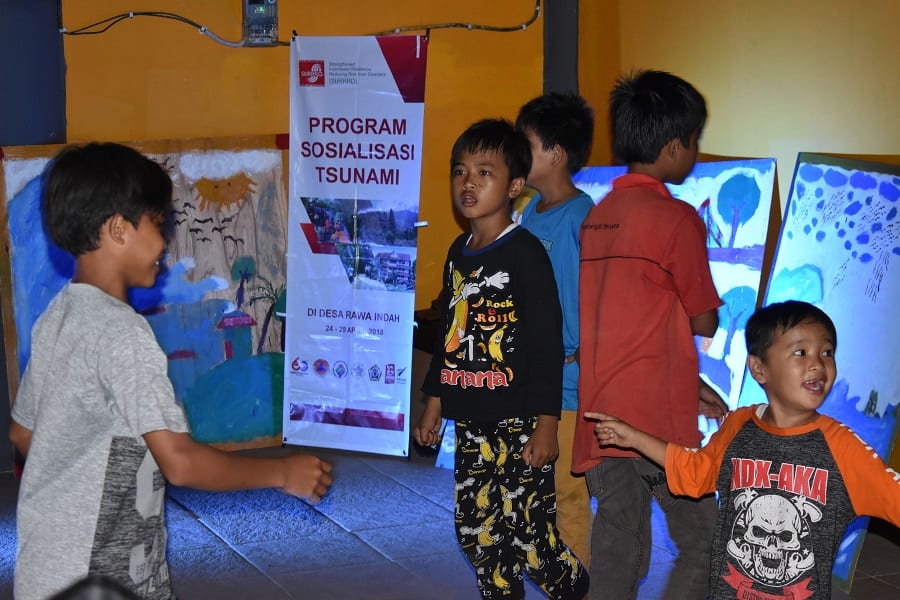
The village head, Pak Rubimanto, expressed his commitment, and that of the village to the plan and restated the intent to help facilitate similar plans in nearby villages also at risk from tsunami. Hopefully the plan and the process will provide a template for the BPBD along with PMI (Indonesian Red Cross) to extend awareness and preparedness.
We are grateful Pak Rubimanto, his family and the villagers who generously hosted us for 5 nights and engaged with enthusiasm. We have developed trusted relationships with community leaders and they are extremely keen to instigate the actions they have identified as best they can. We’ll be following up with progress in July 2018 when we hope to finalise the plan and have a village-wide simulation.
Seismometer in Schools Pilot Launched in Central Sulawesi
During the week 5 to 9 March, StIRRRD team members were based in Palu, Central Sulawesi to launch Indonesia’s first Seismometers in Schools (SIS) programme. Seismometers in Schools is an education initiative already present in Australia, New Zealand and the United States which involves installing seismometers in schools as tools to increase awareness of seismic hazards and risks. Information from the seismometers can be analysed by mathematics, physics or geography students to assess earthquakes recorded locally or from around the world.
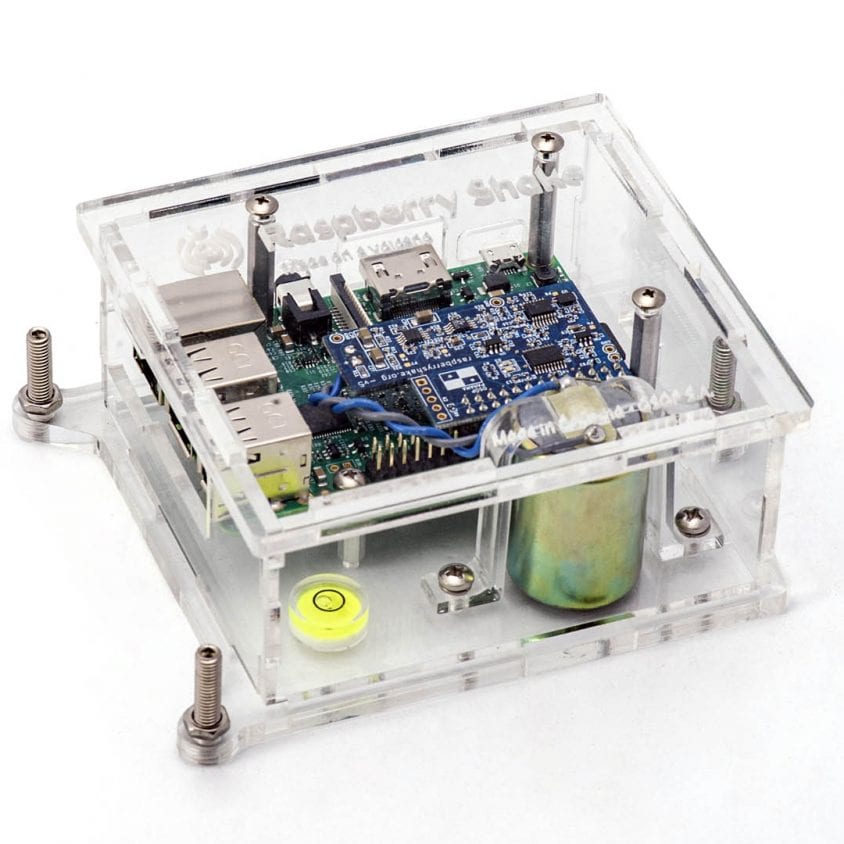
As a part of the StIRRRD programme, the pilot SIS programme has been established in Central Sulawesi province with seismometers installed in four schools and a more sophisticated three component device installed at the University of Tadulako, Palu. The participating schools are SMA Negeri Model Terpadu Madani and MAN 1 in Palu City, SMA N 1 Banawa in Donggala and SMA N 1 Bahadopi in Morowali. Only public schools were selected to be involved in the pilot study. All installations were undertaken in the first week of March, except for Morowali which will be installed in the coming weeks.
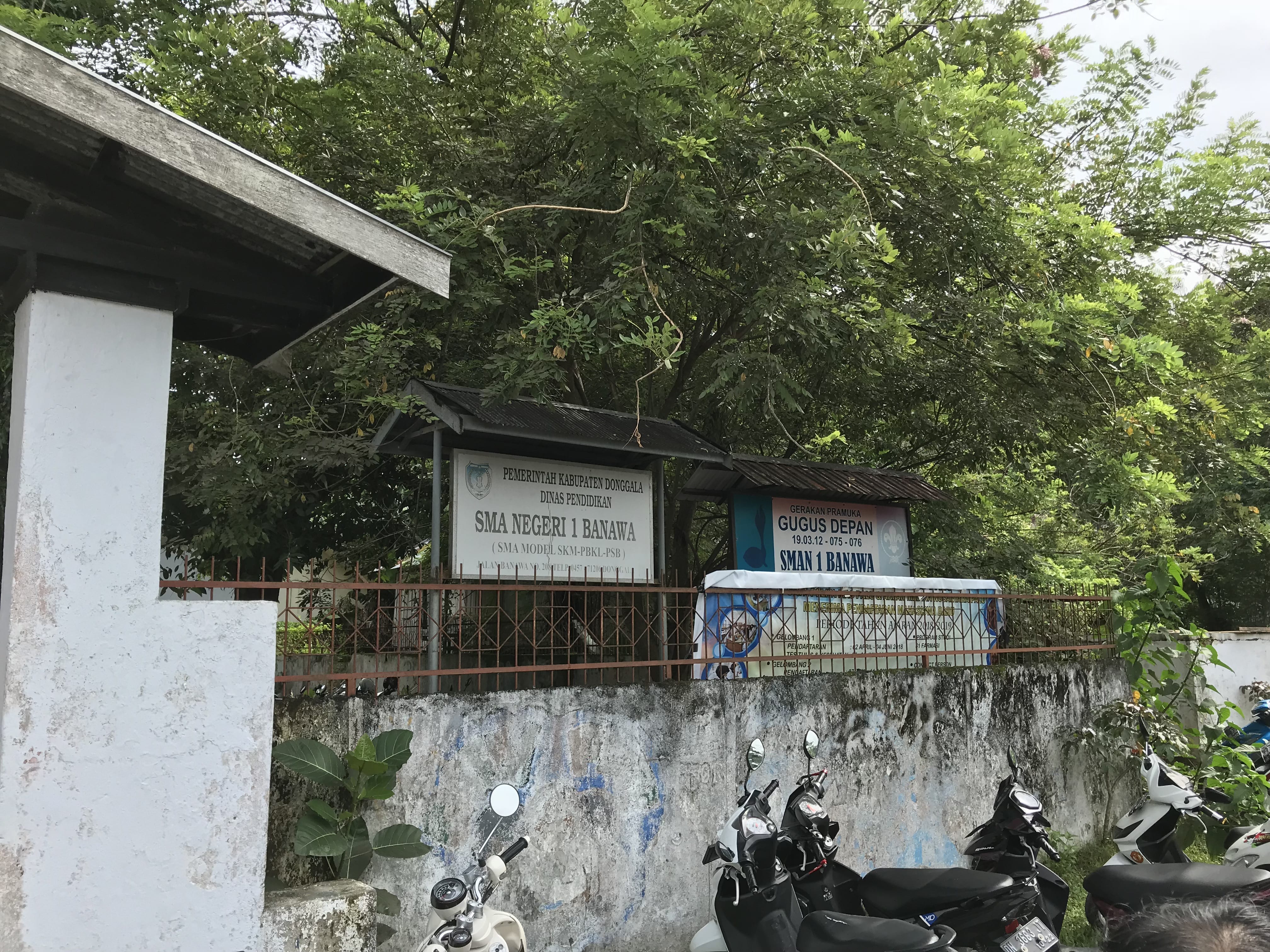
On Monday 5 March, StIRRRD team members visited all schools, in Palu and Donggala, to begin installing the equipment and meeting the school principals and teachers. The team were warmly welcomed to all schools with teachers expressing gratitude and excitement that their schools were chosen to be a part of the project. In the following days, installation of the equipment would be completed in each school and training workshops for teachers to increase their knowledge of earthquake and tsunami risks were undertaken.
Importantly, the project has been supported by a range of Indonesian agencies willing to assist the schools with technical support and further training. Their commitment was recognised in a MoU signing ceremony on 5 March. The agencies signing the MoU include:
- Palu’s local university – Universitas of Tadulako (UNTAD)
- The provincial office of the national seismic monitoring agency – Kantor Stasiun Geofisika Palu (BMKG)
- The local emergency management offices – BPBD Kota Palu & BPBD Kabupaten Donggala
- The provincial office of the national education office – Dinas Pendidikan Provinsi Sulawesi Tengah
- The provincial office of the national Ministry of Religion – Kakanwil Kemenag Provinai Sulawesi Tengah

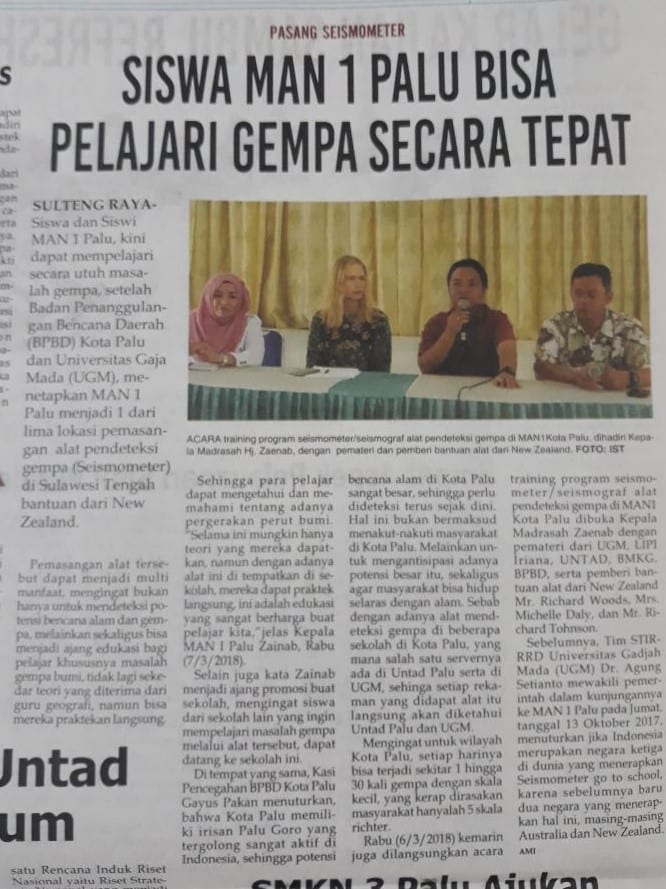
All agencies were very enthusiastic about the SIS programme and agreed to help with technical assistance, further capacity building for teachers, help with assessing earthquake traces and providing ideas on how students might develop future projects. This enthusiasm was further reflected by the extensive media coverage the project received during the week in Palu, some which can be found here:
http://www.kailipost.com/2018/03/ancaman-palu-koro-dalam-konteks-sekolah.html
https://paluekspres.fajar.co.id/deteksi-getaran-palu-koro-terpantau-7-seismometer/
https://paluekspres.fajar.co.id/program-seismometer-di-sekolah-ajarkan-tentang-gemp
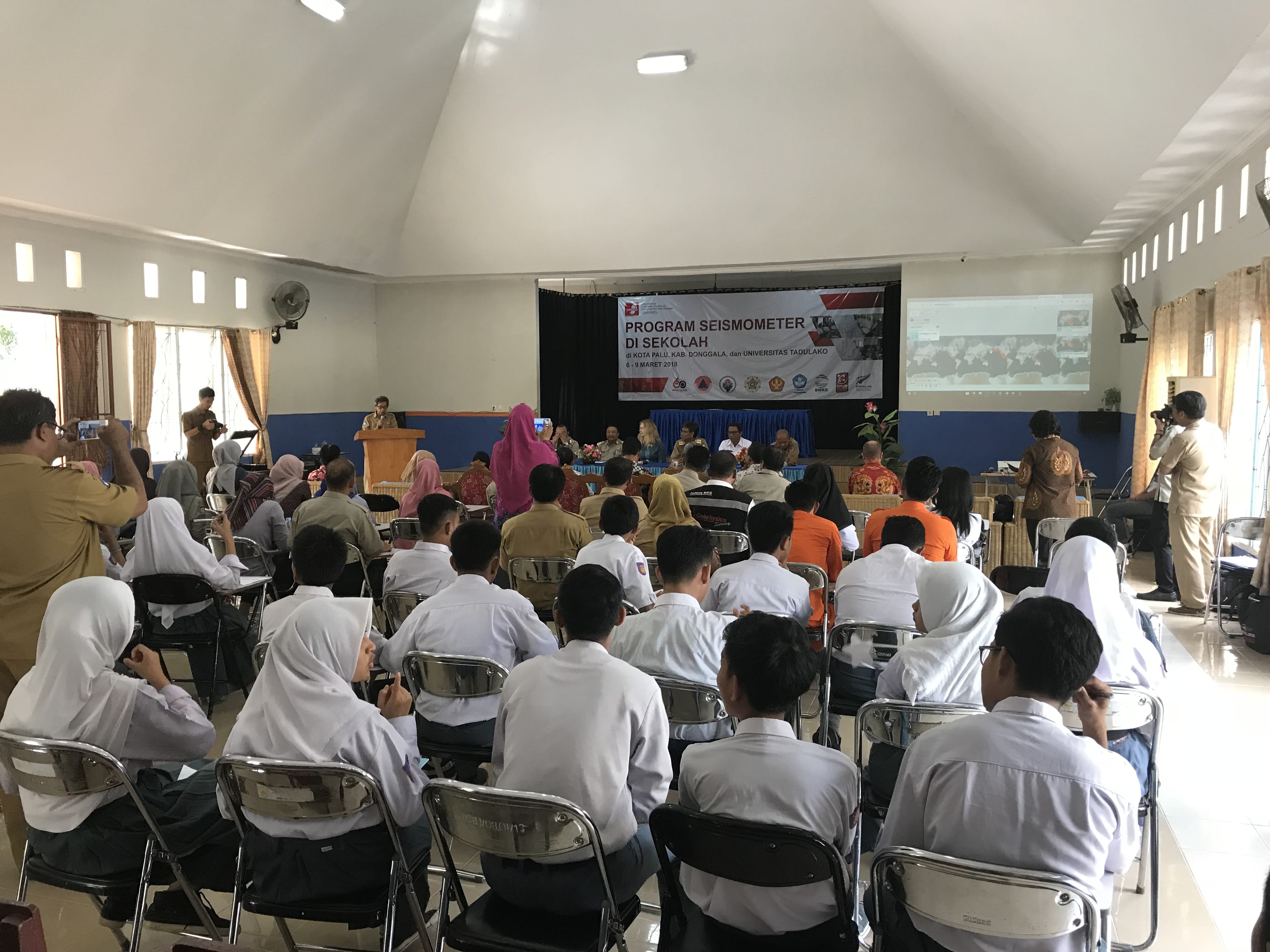
On Tuesday 6 March, the StIRRRD team visited SMA Negeri Model Terpadu Madani where an initial ceremony was followed by an overview of local seismic hazards and risks and capacity building for teachers and a group of selected students. This session was largely delivered by Universistas Gadjah Mada (UGM), StIRRRD team members and a representative from LIPI – Indonesia’s Institute of Science. Teachers and students were highly engaged during the session, while enjoying New Zealand chocolate for answering questions correctly, which was followed by a visit to the recently installed seismometer. In the afternoon, members of the StIRRRD team led targeted training session for the teachers with input from the agencies noted above. A demonstration of how the seismometer works by a technician from GNS Science was well received and ideas for future student projects was discussed with teachers.
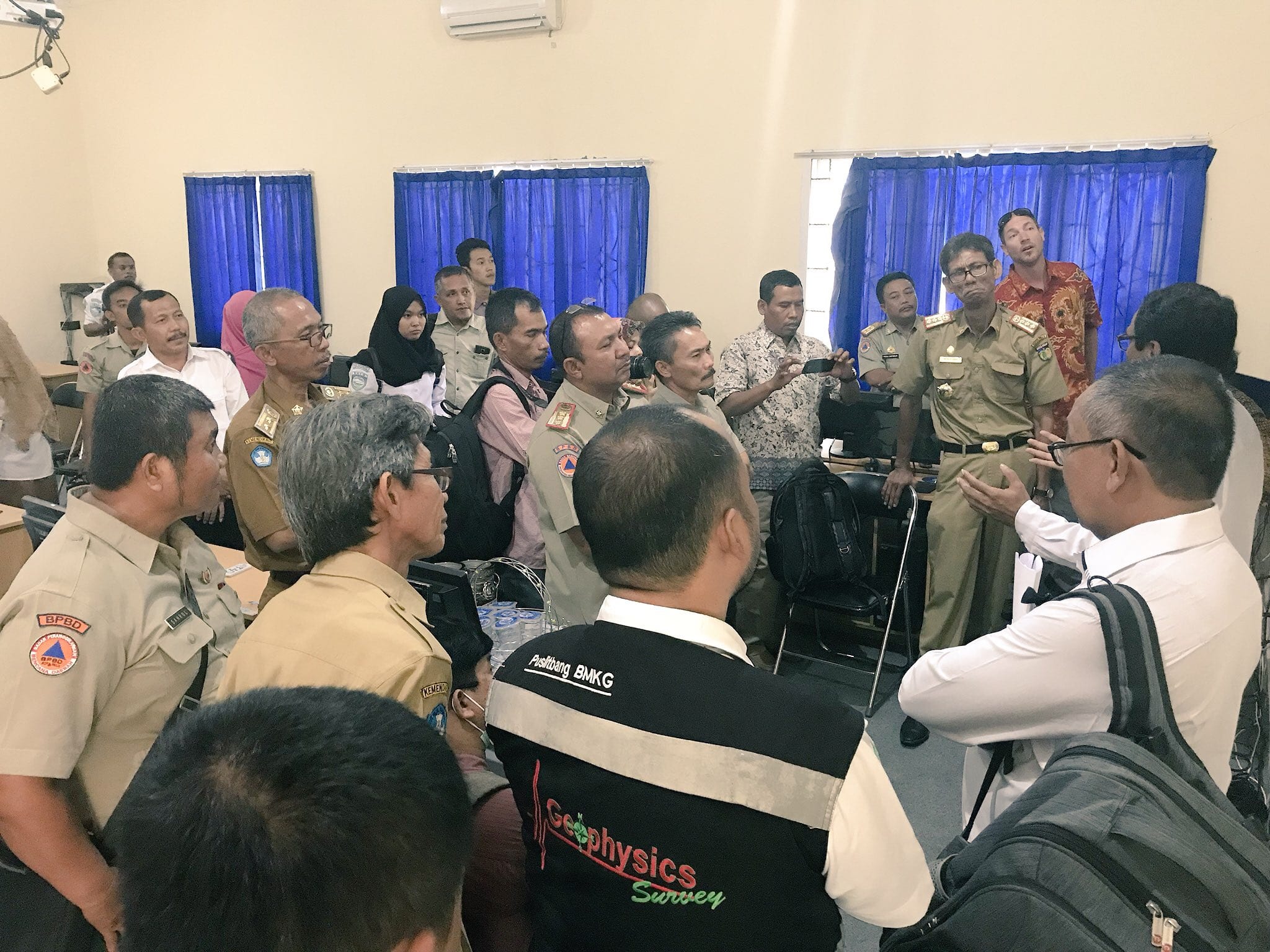
The same programme was delivered to MAN 1 in Palu City and SMA N 1 Banawa in Donggala on 7 and 8 March respectively. A highlight was returning to Donggala on Thursday and discovering that their seismometer had already detected its first earthquake the night before! The last seismometer to be installed in SMA N 1 Bahadopi school in Morowali will happen in coming weeks by UGM staff and technicians assisted by BMKG.
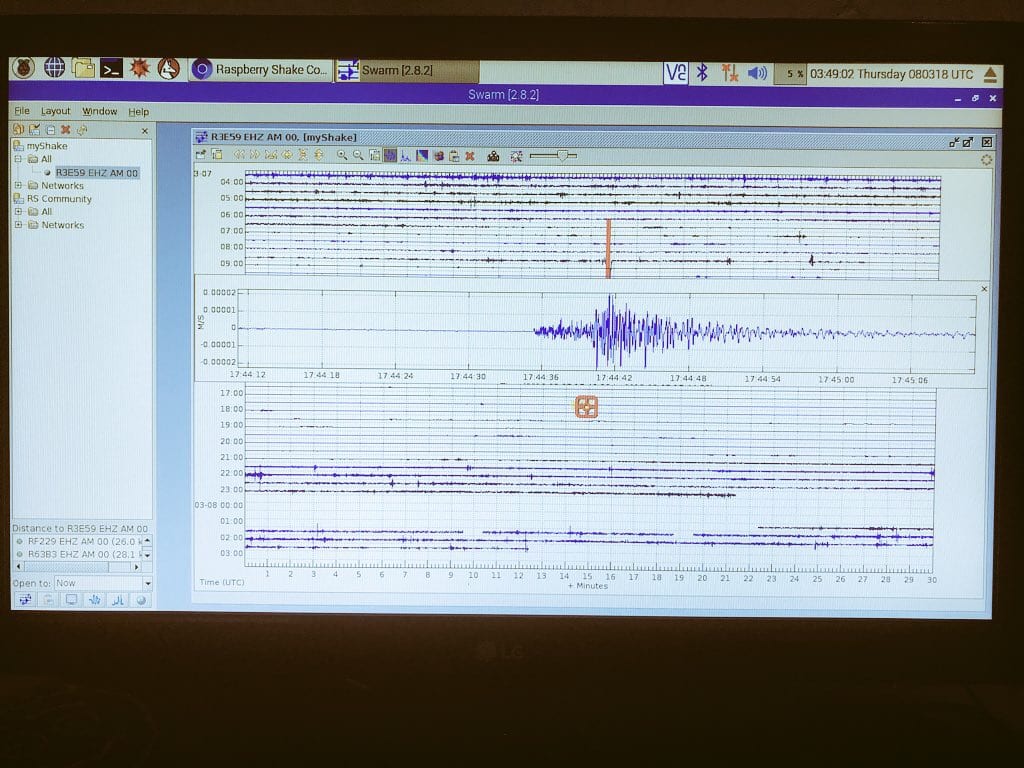
All of the seismometers are now part of the global raspberry shake seismic network with real time data from each of the devices available here: http://raspberyshake.net/stationview
On Friday 9 March, the team completed the installation of a more sophisticated three-component seismometer at the Universitas of Tadulako (UNTAD). This device will support future research projects on the seismicity of the area and provide further data for the local Palu-Koro Fault seismic network managed by BMKG.
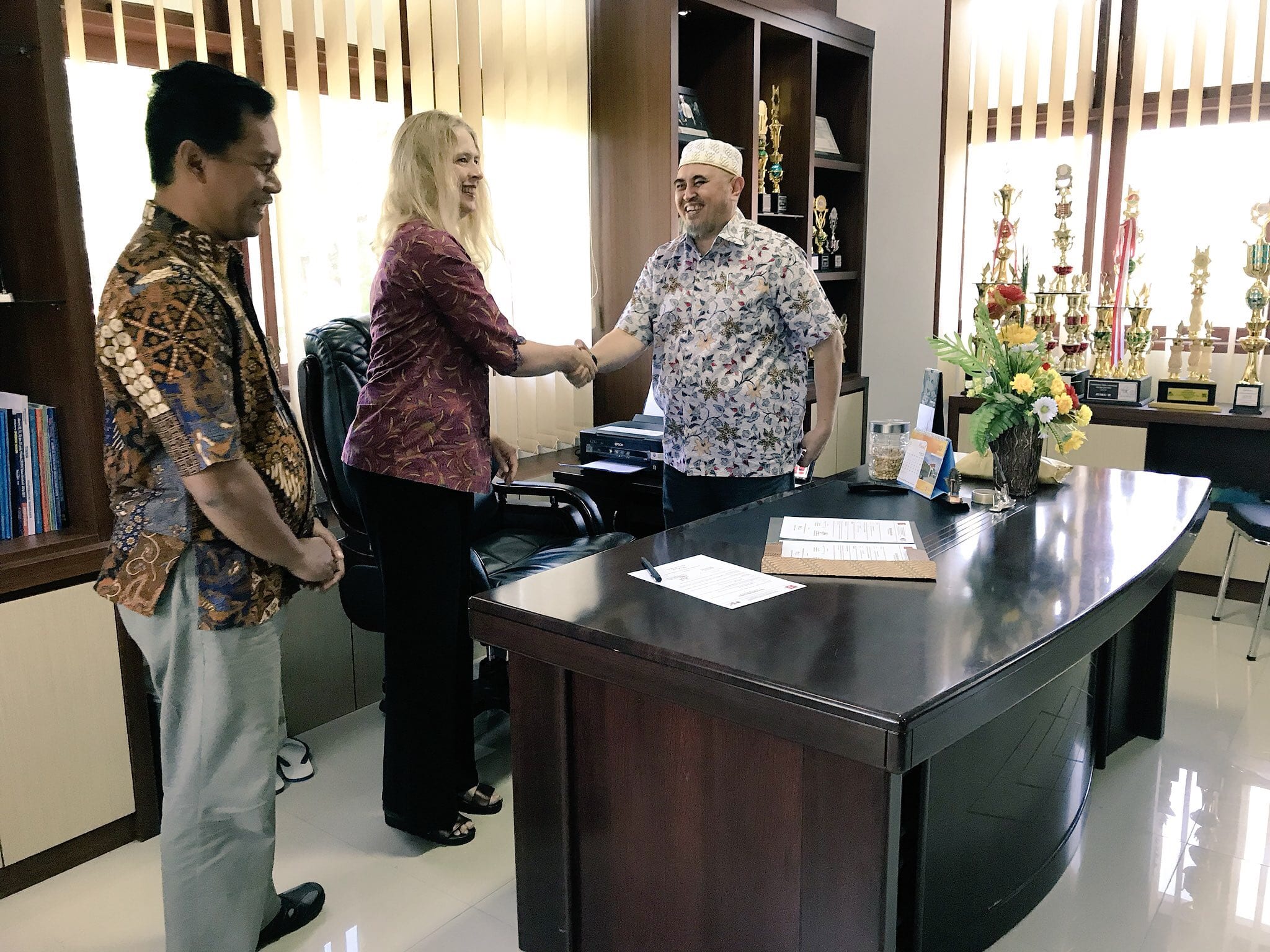
That morning, StIRRRD team members met with the Dean of the Engineering and faculty staff to sign an MoU between UGM and UNTAD in support of the Seismometers in Schools programme in Central Sulawesi. There was much discussion on the disaster management international conference that UNTAD will host in November. The conference will coincide with the final evaluation of the SIS pilot project and StIRRRD team will have a very active presence at this event, including having a key note speaker.
Overall, there was a lot of excitement about the new seismometers and opportunities to increase the capacity of teachers and knowledge of the high seismic risk present in Palu and Donggala. This interest was reflected with high engagement across social media (Twitter) with the national emergency management ministry (BNPB), the New Zealand embassy in Jakarta and the Universitas of Tadulako regularly liking and retweeting @StIRRRD tweets throughout the pilot deployment. Globally, organisations such as the Raspberry Shake Seismometer network (based in Panama), Australian SIS project, the IRIS earthquake programme (based in Washington) and the British Geological Survey seismology project were also very engaged by commenting, liking and retweeting our posts all week!


